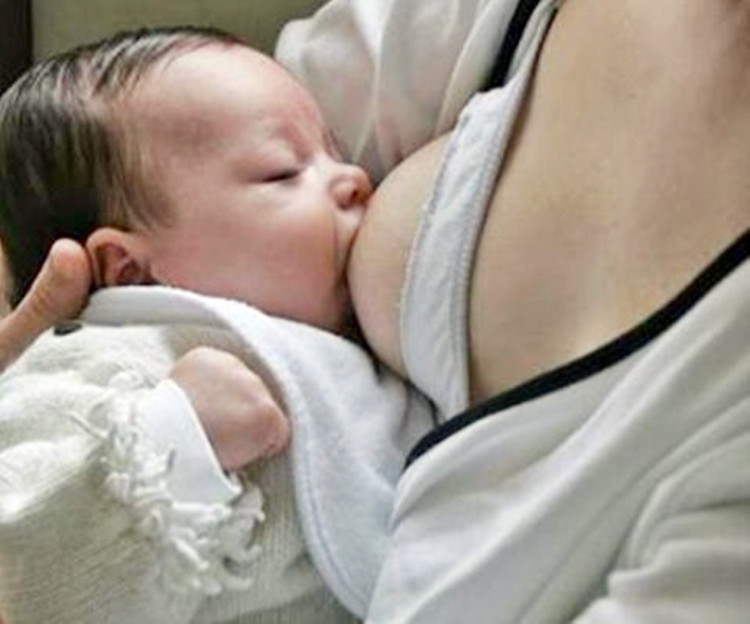South Korea in 2020 for the first time hit the dreaded "population death cross," in which there are more births than deaths in a single year, while remaining beset by a fast-ageing population and a chronically low birth rate.
The Ministry of Interior and Safety on Monday reported census statistics showing a record low 275,815 births in 2020. It also reported 307,764 deaths. The ministry said this is the first time in South Korea's history the total population has shrunk in a given year.
Census data shows the population stood at 51,829,023 persons at the end of December 2020, down 20,838 persons from 2019. In contrast, South Korea's population had risen every year over the previous decade. The population growth rate, however, fell to 0.05% by 2019 from 1.49% in 2010, according to the Yonhap news agency.
"Amid the rapidly declining birth rate, the government needs to undertake fundamental changes to its relevant policies," said the interior ministry in a statement of concern.
Demographers noted the population death cross indicates the depopulation crisis facing the country has worsened despite generous government incentives since 2017 encouraging families to have more than one child.
South Korea's birth rate has been on a decline since 1960 after the government began implementing severe birth control policies to stifle the baby boom of the 1950s. The fertility rate also fell because more married women chose to pursue careers and higher standards of living instead of having children.
Already coping with the drop in population, South Korea also continues to experience an untrammeled rise in the number of older people. Data shows citizens 60 years-old and over account for a huge 24% of the total population.
South Korea's birth rate (or the average number of children a woman has during her lifetime) dropped to a record low of 0.92 in 2019, the lowest among all members of the Organization for Economic Cooperation and Development (OECD). This number is well below the birth rate of 2.1 per woman South Korea needs to keep its population stable. South Korea's birth rate 50 years ago stood at 4.5 per woman.
If this worrisome trend persists, South Korea's population will decrease to 39 million by 2067 from 52 million today. More than 46% of the population will be more than 64 years-old in 2067.
The depopulation trend is adding more pressure on the government to address the long-term demographic damage presented by a rapidly ageing society and one of the lowest fertility rates in the world.
In 2017, president Moon Jae-in announced the expansion of a government subsidy for parents of young children that tripled the proportion of infants and toddlers looked after by publicly run child care centers.
In 2019, the government promised to provide financial support for the medical expenses for infants younger than one year-old. It also increased financial support of up to 70% for married couples having difficulty conceiving a child.
During the second half of 2019, parents with children younger than 8 years-old were allowed to leave work an hour earlier. Paid paternity leave was increased to 10 days.
Only recently, the Moon administration announced initiatives to encourage couples to have bigger families. These perks include a one-off payment of about $1,000 for pregnant women and monthly cash allowances for children under 12 months of age.
The government's goal with all these is to maintain a rate of more than 300,000 newborn babies every year due to the continuous decrease in the country's fertility rate.






